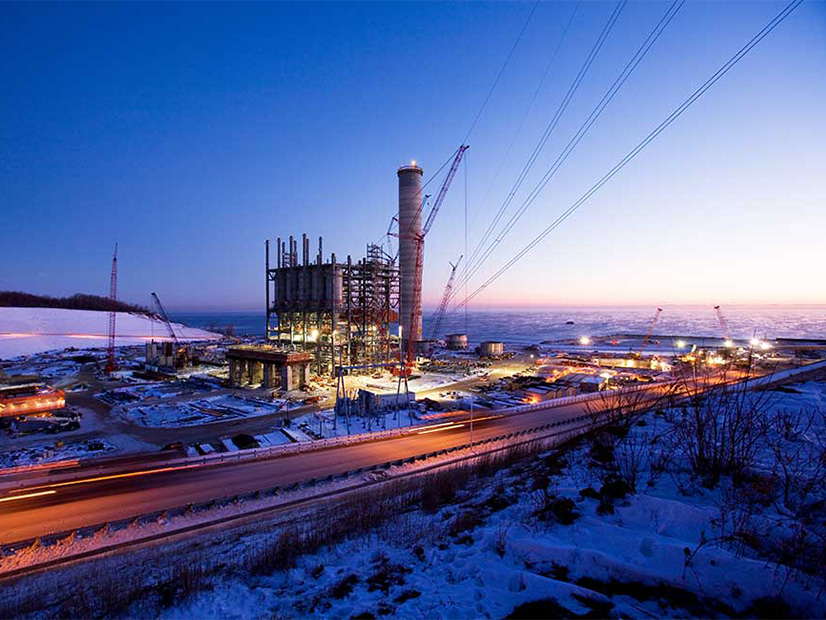The Public Service Commission of Wisconsin said it’s missing several details from We Energies regarding its multiyear plan to substitute gas for coal at its Oak Creek Power Plant south of Milwaukee.
In a May 3 letter, the commission said it and the Wisconsin Department of Natural Resources reviewed We Energies’ application for a certificate of public convenience and necessity to build the gas plant and deemed it incomplete. The PSC told the utility it could not make a decision and to re-file an application including the overlooked specifics (6630-CE-317).
We Energies intends to retire two of its 60-year-old Oak Creek coal units this month and the remaining two units by December 2025. It has requested to replace the capacity on-site with $1.4 billion in five gas-fired combustion turbines that would generate up to 1.1 GW. The utility applied for the certificate at the beginning of April and expected to have commission approval this month.
The Wisconsin PSC compiled a three-and-a-half-page list of missing or incomplete elements in the application. The agency asked for modeling data supporting the case for the plant, drawings of proposed and alternate layouts, an estimated maintenance schedule, a description of all major construction activities and a breakdown of capital costs. The commission asked We Energies to detail how hydrogen “may be used for any potential future fueling of the proposed combustion turbines.”
The agency also zeroed in on how the plant could be affected if the utility’s proposed, 33-mile Rochester Lateral gas pipeline is rejected, and asked how the pipeline stands to affect the plant’s construction schedule. We Energies filed for permission to build the pipeline — which would supply firm natural gas service to Oak Creek — on the same day it requested commission approval to the build the plant.
The PSC asked We Energies to calculate the amount of firm natural gas supply needed to run all five turbines continuously at maximum output and asked if its proposed upgrades to its natural gas infrastructure — alongside ANR Pipeline Co.’s planned capacity expansion in the area by late 2027 — would be enough to support those kinds of operations. It also asked how much a proposed, on-site liquified natural gas storage tank would hold and how long the tank could support the new turbines running at full speed.
The commission said it wanted to know if We Energies anticipates or has factored in additional costs to convert the Oak Creek substation since the new gas plant must connect to the MISO system at different voltages than the existing coal plant. Transmission owner American Transmission Co. is phasing out its 230-kV system in the area and will use only 138-kV and 345-kV voltages, affecting Oak Creek’s point of interconnection.
In February, FERC granted We Energies a departure from MISO’s interconnection rules so the replacement gas plant can connect to the system at a different voltage without the utility having to submit a fresh interconnection request with MISO. (See We Energies Secures FERC Permission to Switch Coal Interconnection with Gas Plant.)
The PSC asked whether We Energies has contacted MISO to perform retirement studies to figure out if the system can operate reliably as the coal units cease production and after Oak Creek’s interconnection point is calibrated to different voltages. It said it wanted to know if powering down the four coal units can “proceed as planned without reliability concerns.” It also asked whether Oak Creek’s generator replacement studies consider only the two immediate coal unit retirements or all four of them.
Finally, the PSC said We Energies submitted an incomplete construction-noise study with its application.
In its application to build the plant, We Energies called Oak Creek’s shift to natural gas a “key component” in providing reliability amid its fleet transition, conforming to MISO’s stricter resource adequacy rules, meeting growing load and complying with proposed EPA requirements.



